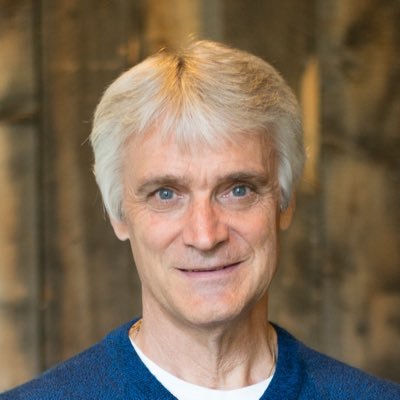I was assigned my first blended learning project more than 13 years ago. The basic challenge was to take a five-day highly technical course, and blend it with other modalities to create the ultimate learning experience while reducing class time. My team and I worked on the project for eight months, creating a solution that blended e-learning, pre- and post-work, mentoring and the classroom. We reduced class time to three days.
While we met the challenge and came up with a model that saved our learners two days away from work and reduced the cost of training 40 percent, we didn’t create the ultimate learning experience. All we had really done was mix the modalities; we did not focus on knowledge application and sustainment, the instructional effect. As a colleague of mine often says, “We moved the chairs around on deck of the Titanic, but the ship was still sinking.”
A modality is the means by which content is delivered. Different modalities may demand a different format, but many assume a training and knowledge transfer design. They don’t truly adapt to the learner’s performance needs, and become another version of training in the end. Now everyone knows I’m a huge fan of training. I just think it has been asked to do way more than it’s equipped to handle, and it’s often positioned not to live up to expectations.
Take e-learning, for example. Years ago, we hung the label “JIT,” or just in time, because of its ability to be consumed any time. Our definition of JIT and a learner’s are often very different. Ours comes from an availability perspective, theirs from one of relevance and effectiveness. Although e-learning is one of the most flexible, it isn’t always adaptive, easily accessible, chunked into small pieces and directly applicable to the performance issues learners may face.
To truly blend beyond the classroom or a training mindset, we need to move beyond modality and look at instructional treatment. Instructional treatment looks at the degree to which certain instructional principles are being applied, no matter what the modality. For instance, the classroom can apply different instructional treatments. Performance support can enable different resources, thus supporting different types of instructional treatments in the learner’s workflow. Some of the fundamental instructional treatment categories are delivery, practice, review, feedback, evaluation and self-discovery.
These principles may be supported by various modalities, but the actual modalities won’t cover every type of instructional treatment, and we often don’t adjust them accordingly.
When looking to blend a learning solution, we need to consider two things ahead of modality. The first is the criticality of failure. If the skill is not mastered in class or in some other safe, controlled way, how critical is the outcome for the learner, others and the enterprise if they learn through failure on the job? This question needs to be asked of every task and concept needed to perform effectively.
Once we understand the degree of criticality, we can apply varying degrees of instructional treatment to each task, optimizing application as it is learned. Ultimately, we want to move learning into the workflow where it will be the most powerful and long lasting, but we don’t want to do that where something severe to catastrophic could happen in the process.
Then, we want to align the instructional treatment to optimize learning and performance through the selected modalities. A course lesson gets the same structure and flow throughout the class. E-learning begins with objectives and carries through to some type of evaluation no matter the criticality of information. Instructional treatment allows us to modify the learning experience within a modality and across the blend.
This combination allows us to truly push the limits of training. It achieves the goal I originally strove for with my blended model all those years ago. An effective blend optimizes a learning experience, elevating it from training to an on-the-job solution embedded in the workflow where true learning and application take place.















